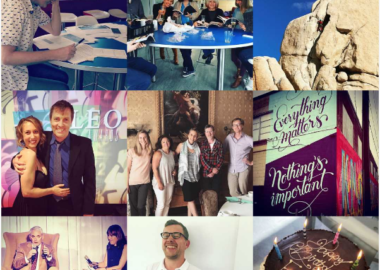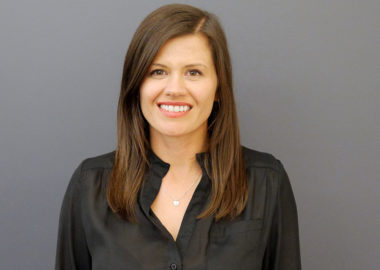 George Lucas built the immense Star Wars Universe that we know today on the back of a classic storytelling structure–the monomyth. Writer and mythologist Joseph Campbell identified the monomyth as a structure that contains all elements of story.
George Lucas built the immense Star Wars Universe that we know today on the back of a classic storytelling structure–the monomyth. Writer and mythologist Joseph Campbell identified the monomyth as a structure that contains all elements of story.
Campbell’s monomythical framework is also known as the Hero’s Journey or the Story Circle. The general idea is that you have a protagonist, and she goes on a journey that challenges her, her experiences force her to adapt, and she comes out the other side of it a changed person.
This process of change sits at the heart of a great story. It’s why we care about a story, and why we connect with it on both universal and personal levels. Here’s an illustrated example of the Hero’s Journey.

This structure is clearly followed in the Saga films (ie. Episodes I-IX) of the Star Wars Universe. In fact, George Lucas tells us this is the model he used to build the stories. In Star Wars: A New Hope, for example, Luke dreams of a life outside of his home planet, sets out with Obi Wan Kenobi to rescue a rebel fighter, learns about what it means to be a Jedi knight, rescues the rebel fighter, watches Obi Wan die (whoops, spoiler alert!), decides not to run away, wins a medal. That’s pretty much it, right Star Wars fans? Ok, ok, there are plenty of well-researched and comprehensive resources on how the Star Wars films follow the Hero’s Journey structure. But essentially, those are the key narrative points in A New Hope. These elements draw viewers in, each moment leading to the next to result in a hero changed. This is the beautiful simplicity of the Story Circle. When deployed effectively, the audience is drawn along for each step and arrives with the protagonist in a changed world.
The dedication of fans of the Star Wars stories is legendary. Luke’s journey resonates with fans because it’s about a kid who has the power to do great things, but doesn’t know it when we meet him. He is all of us when we are 13. We love watching Luke (or Rey) succeed at overcoming the huge obstacles in their tales because we see a part of ourselves in them and hope for the same ability to change. Our devotion to powerful stories shows how this art form speaks to something fundamentally human.
We see ourselves in these narratives. We use them to organize our thoughts about our days and years. We live and breathe their story.
All that to say, May the Fourth Be With You. Happy Star Wars Day, everyone!





